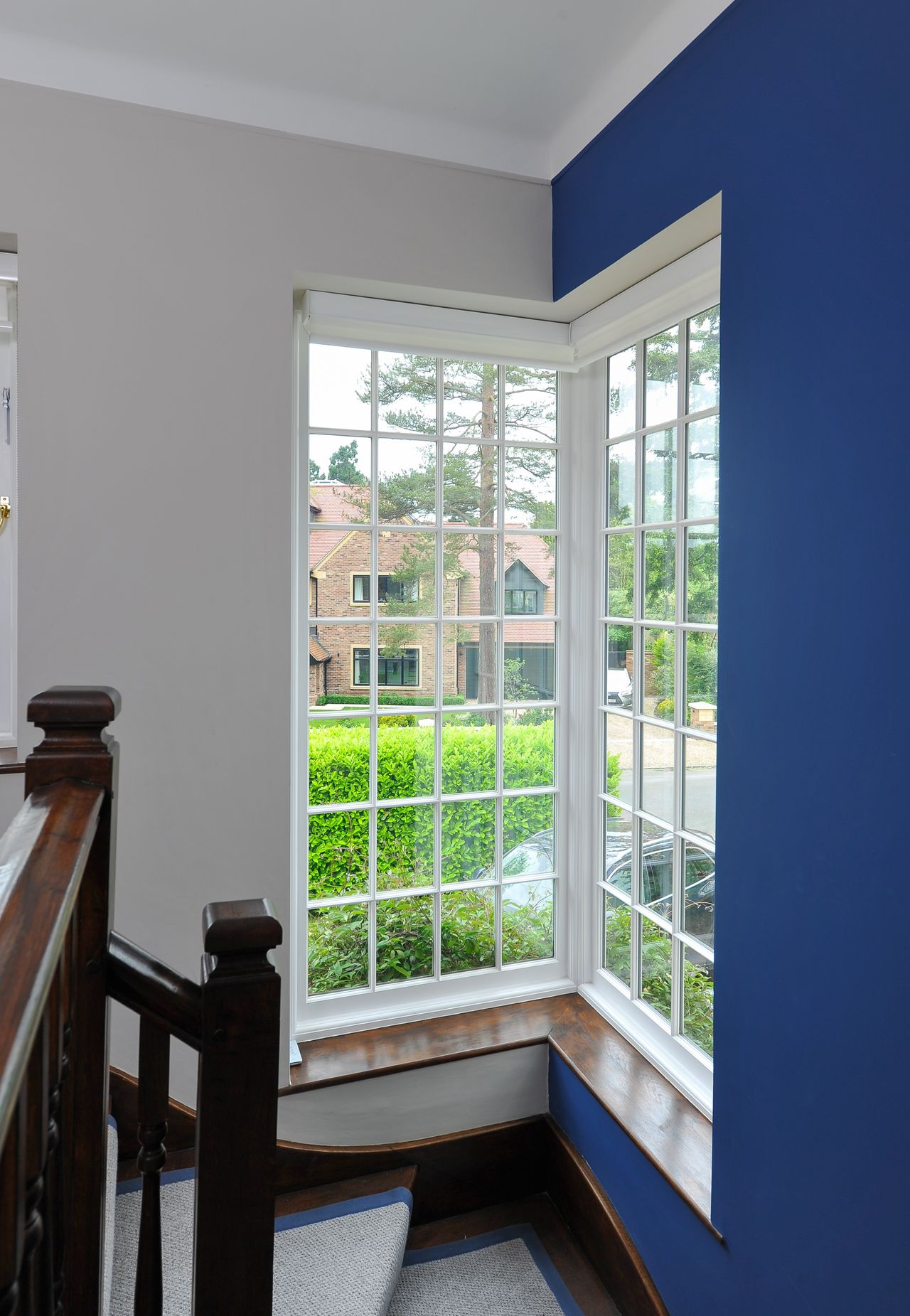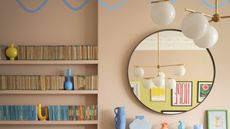

If you're in need of new windows to better suit your home, then you’re bound to be wondering how much window replacements cost, so that you can budget for your home improvement project.
You might want to replace yours if they are old and drafty – especially if your utility bills are higher than they should be. But new windows can also give your home an exterior makeover so it’s better looking than before.
The types of windows you choose will affect the overall price tag, and we’ve put together all the information you need about window replacement costs so you can see what you might expect to pay. We’ve also taken a look at labor costs so you can make sure your budget covers calling on a professional if you prefer that to DIY.
How much does it cost to replace a window?
The cost of a single window can range between around $100 and over $2000. We’re talking both the glass and the window frame for these sums.
You might wonder why the range of costs is large. ‘There are a variety of factors that impact the cost of replacing a window including state laws and regulations, as well as the window type and size, frame material, extent of damage, accessibility and hardware availability,’ says Bailey Carson, home expert at Angi.
Want to save money? ‘Replace old windows with new ones of the same size,’ says construction expert and coach Monika Zasada of DE-MAZING. ‘It does not require the work involved with enlarging or shrinking the opening to fit the new units.’
How do frame materials affect window replacement cost?
The material from which a window frame is made has a major influence on its cost. Each frame material offers different benefits, so you’ll want to weigh these up alongside the initial cost of the replacement when you’re choosing between them.
Aluminum windows start at the lowest cost, and you might expect to pay from $75 for one of these.
Vinyl windows might cost from around $100 for a single window.
Wood windows cost from around $150 each.
Composite windows might cost you from around $300 per window.
Fiberglass windows start from around $500 per window.
Be aware that the price of a window in each material has a significant range, and will be affected by the window type and size as well (see below).
How do window types affect replacement window cost?
When you want to know how much does it cost to replace a window, the type of window you plan to fit is also important. Here’s a guide to the cost for different window types from Adam Graham, construction industry analyst at Fixr.com.
Storm windows cost from around $100 to $400 each.
Picture windows cost from around $150 to $1000 each.
Skylight windows cost from around $150 to $2000 each.
Single-hung windows cost from around $175 to $2,800 each.
Casement windows cost from around $200 to $2000 each.
Double-hung windows cost from around $250 to $3000 each.
Bay windows cost from around $400 to $5,500 each.
Which other factors affect window replacement cost?
More energy efficient windows generally cost more. You might be considering double or triple panes, windows filled with argon and other gases that improve insulation, and those with low-e (emissivity) coatings which keep heat in during the winter and out in the summer. Look for Energy Star certified windows and find designs for your region from the NFRC products directory.
How does size and location affect window replacement cost?
As a rule, the bigger the window, the higher the cost of a replacement. ‘The most expensive part of a window is usually glass (especially if it is large, multi-paned and filled with gas between the panes to prevent heat loss or heat gain),’ says Monika Zasada. ‘Consequently, large windows with as much unobstructed glass as possible within their frame will be most expensive.’
Take into account, too, that larger windows can require more than one person to fit, so if you’re paying professionals rather than doing the job yourself, labor costs are higher (see below).
Location also influences cost with windows on upper floors more expensive to install.
Replacing old and drafty windows in an older home can also result in a bigger bill. ‘Age of home can affect costs when, upon removing the existing windows, structural deficiencies are discovered (such as rot or substandard framing),’ says Monika.
How much does labor cost?
You might want to try installing windows yourself if you’re a competent DIYer. If not, count on paying around $100 to $300 per window for the labor.
Bear in mind that some situations bring higher labor costs. ‘If it's an emergency repair or replacement, you can plan on the labor rate to be double or triple that for a regular one,’ says Bailey Carson, home expert at Angi. ‘Since labor is a portion of the cost, bringing the pro on site to fix multiple windows at one time can help lower the cost per window.’
The room in which a pro is installing a window can have a bearing on the final invoice as well. ‘Location of windows within a home will affect costs,’ says Monika Zasada. ‘For instance, it is less expensive to patch drywall around the window than replacing wood wall paneling. The former will be restricted to the area immediately adjacent to the window. The latter will require replacement of a larger area so that one doesn’t see the cuts in the wood wall paneling. Usually bedrooms have less elaborate wall finishes (such as drywall) than living rooms or libraries (that tend to have wood wall paneling).’
Join our newsletter
Get small space home decor ideas, celeb inspiration, DIY tips and more, straight to your inbox!

Sarah is a freelance journalist and editor writing for websites, national newspapers, and magazines. She’s spent most of her journalistic career specialising in homes – long enough to see fridges become smart, decorating fashions embrace both minimalism and maximalism, and interiors that blur the indoor/outdoor link become a must-have. She loves testing the latest home appliances, revealing the trends in furnishings and fittings for every room, and investigating the benefits, costs and practicalities of home improvement. It's no big surprise that she likes to put what she writes about into practice, and is a serial house revamper. For Realhomes.com, Sarah reviews coffee machines and vacuum cleaners, taking them through their paces at home to give us an honest, real life review and comparison of every model.

